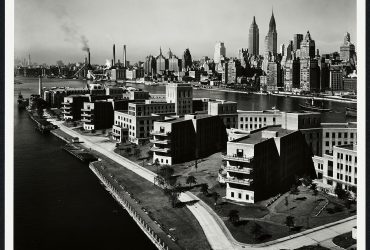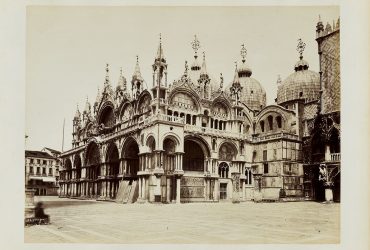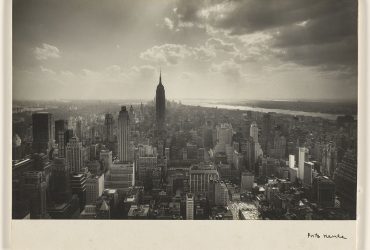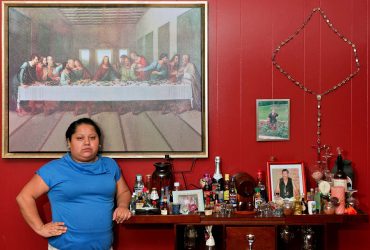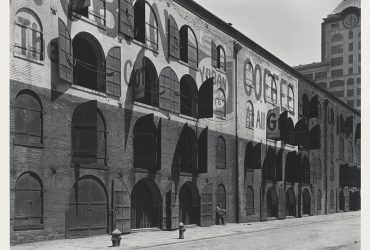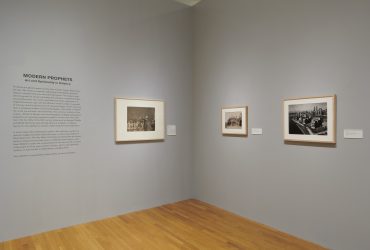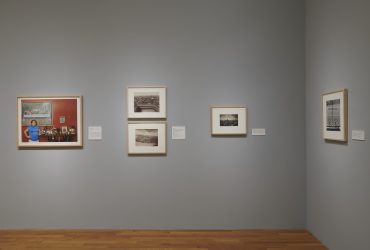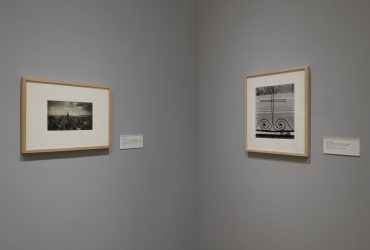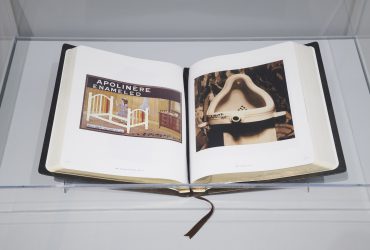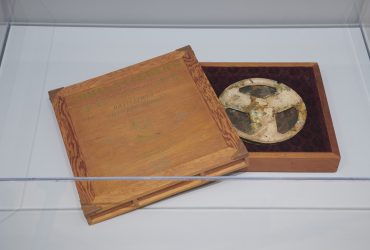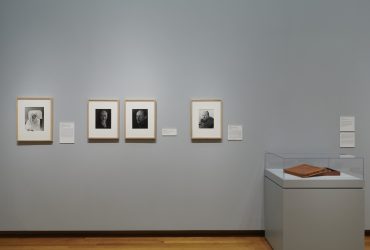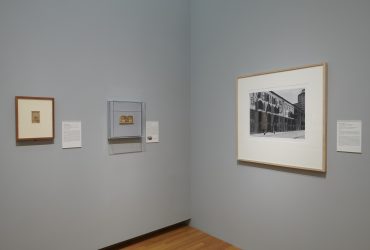Modern Prophets: Art and Spirituality in America
MODERN & CONTEMPORARY GALLERY

Prophets and ghosts appear during times of great change. Beginning in the late 19th century, a rapidly modernizing United States prompted artists to visualize and even embody these figures. This imagery came with the growth of secular spirituality and a decline in organized religion among Americans. As a result, spirituality and artistic responses to it helped Americans cope with the effects of modern warfare, the growth of industry, and the advancement of new technologies.
Artists have long been considered holders of sacred knowledge in their ability to visualize the world around them, and sometimes, they served as mediums of the unseen. William H. Mumler and his photographs of alleged spirits gained popularity as a grieving population sought to connect with loved ones lost in the Civil War. In the 20th century, artists such as Georgia O’Keeffe and Alfred Hitchcock were photographed as prophetic or religious figures for their abilities to visualize modernizing American landscapes.
In some cases, the contemporary artists in this exhibition counter how spiritual imagery has been historically used; in others, they embrace it. David Hammons’ The Holy Bible: Old Testament manipulates the sacred book to critique the long-held notion of ordained artistic genius, while Dario Robleto’s audio reel invokes ghosts to ask, who are the recorders of the past? In these ways, motifs of religion, ghosts, and spirituality continue to haunt artists in responding to changing times.
This exhibition is organized by Julianne Miao, Curatorial Assistant.
TOP: Unknown, Laying the Ghost, 1870s. Albumen silver print, 3 1/2 × 6 7/8 inches (8.89 × 17.46 cm). Collection of Dr. James (H.S.’84 ’85) and Jane Finch, L.30.2023.1. Photo by Brian Quinby.



